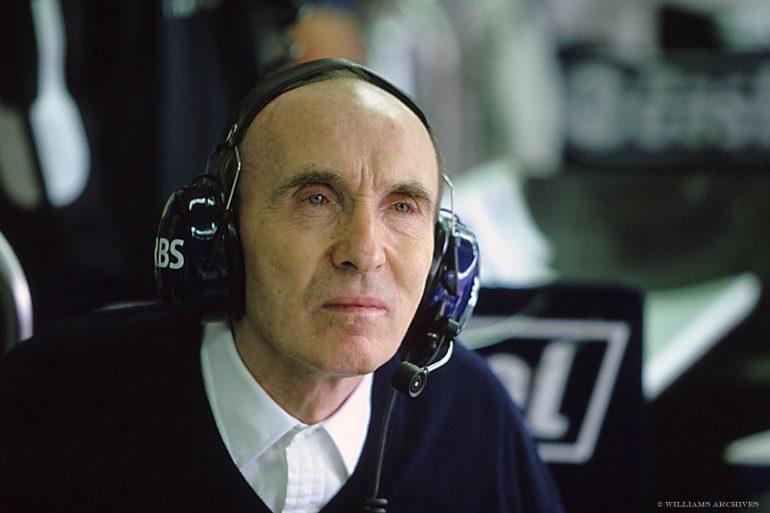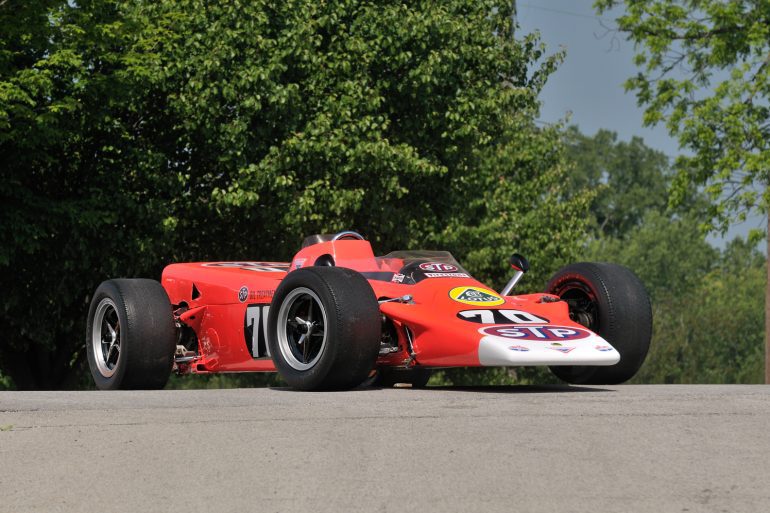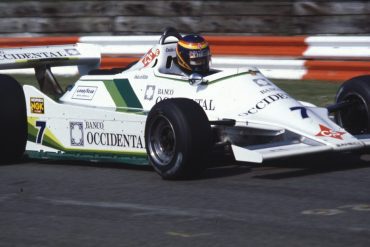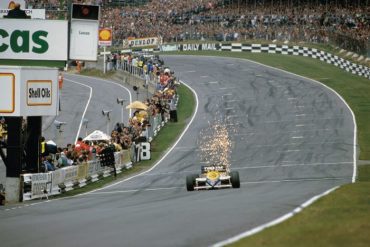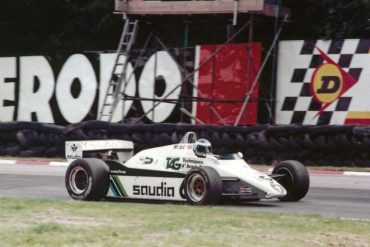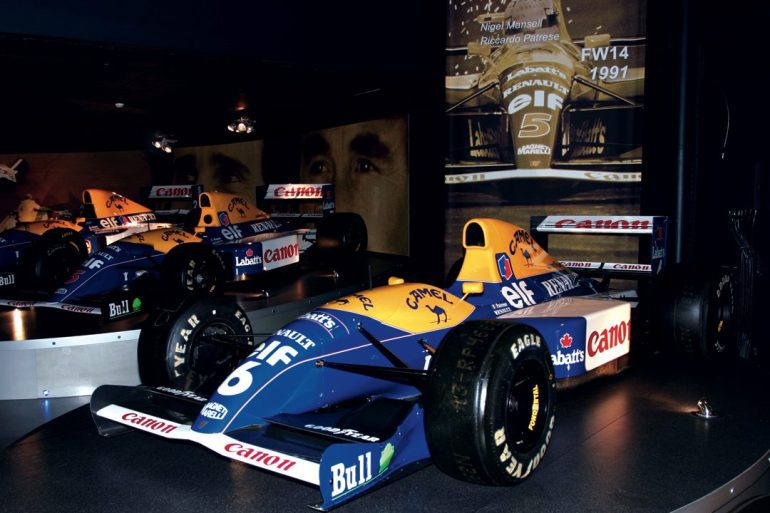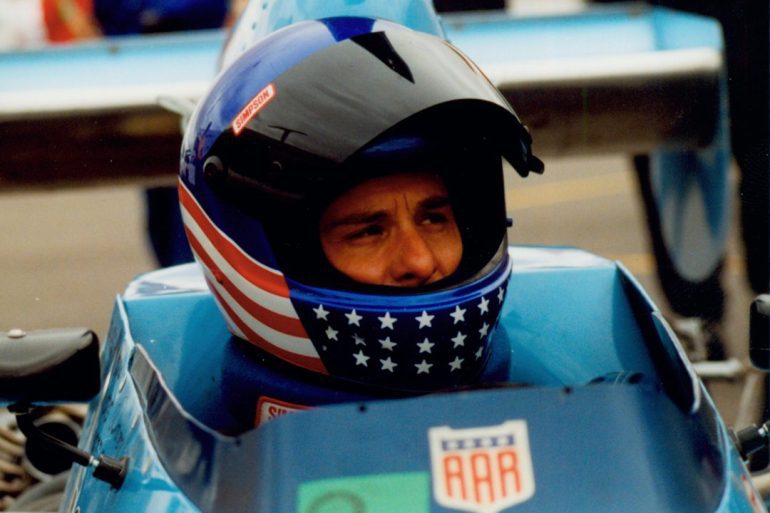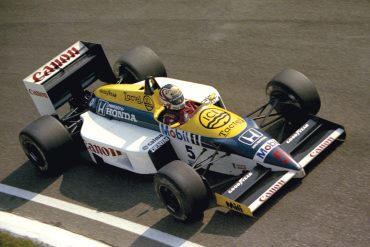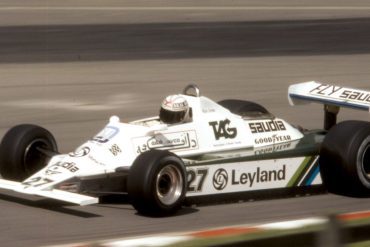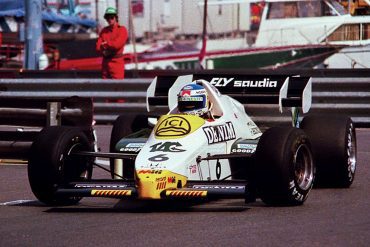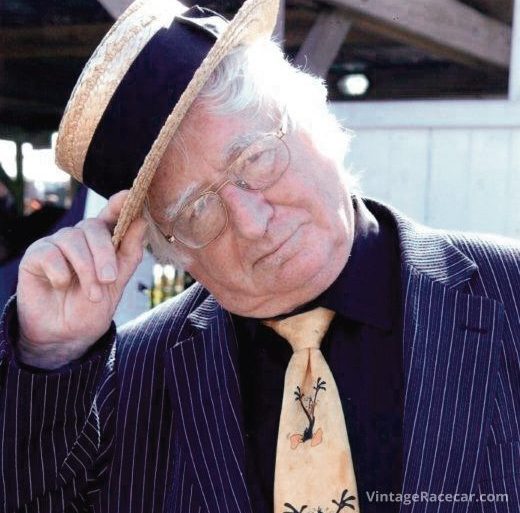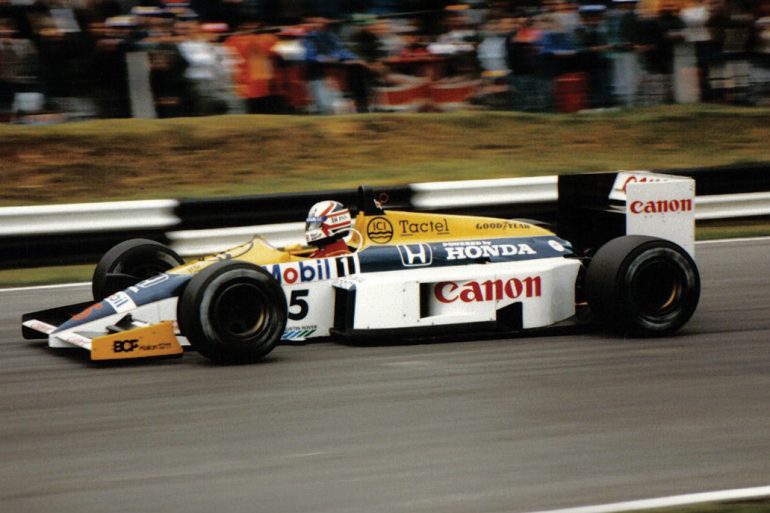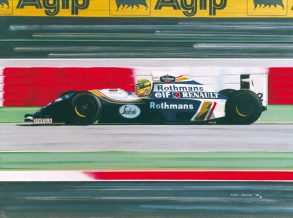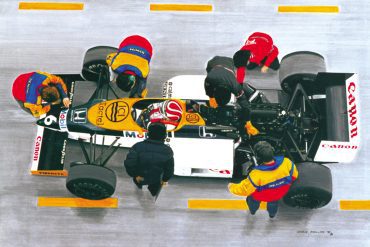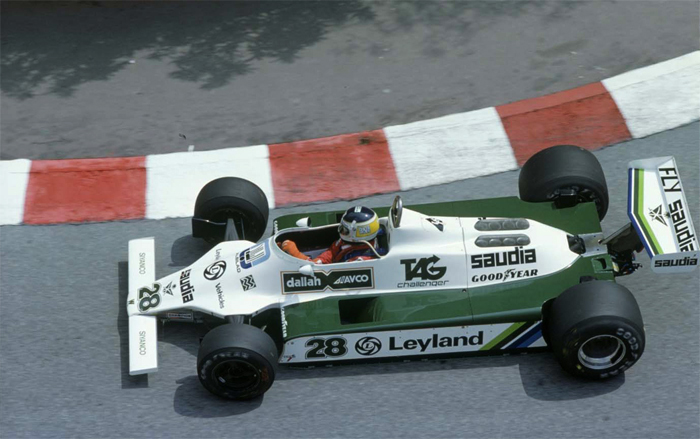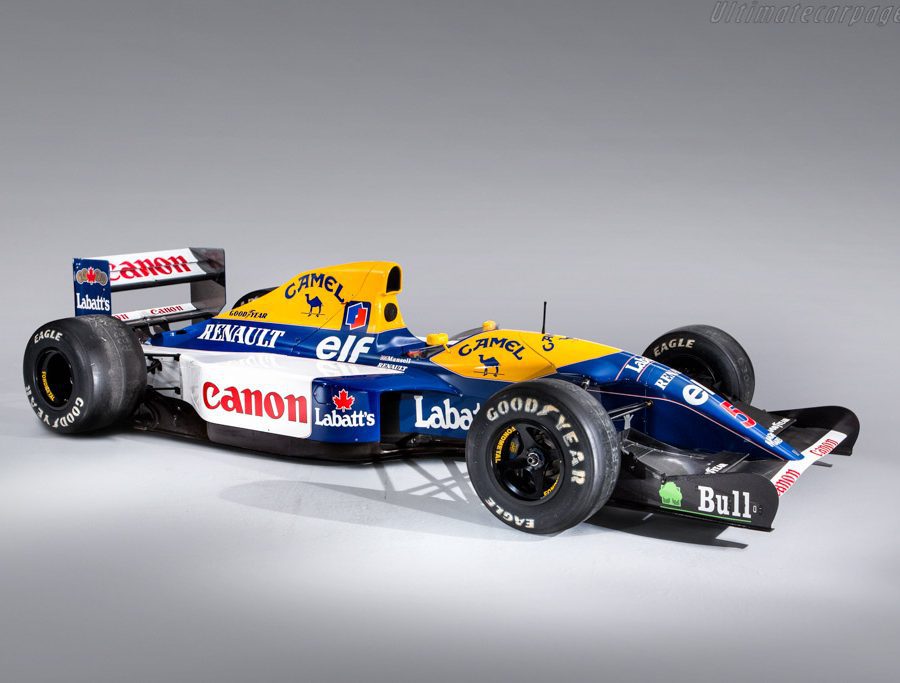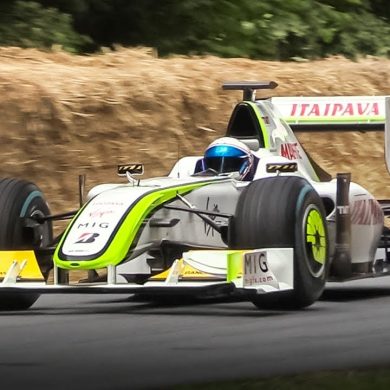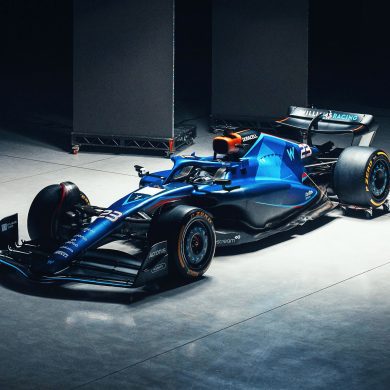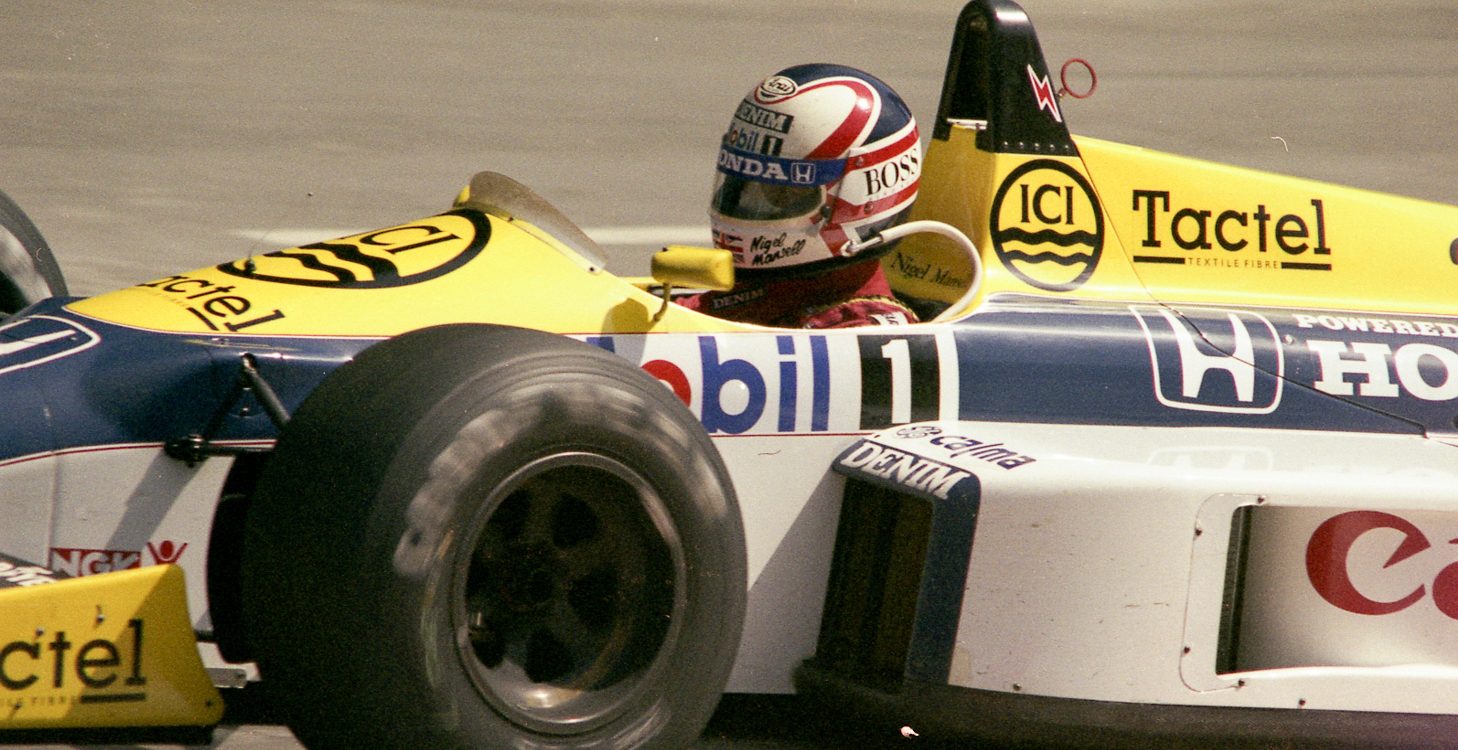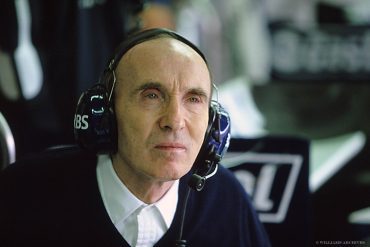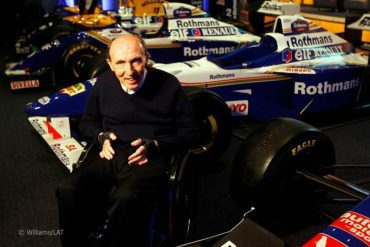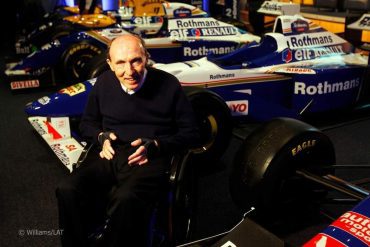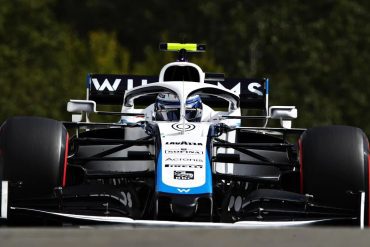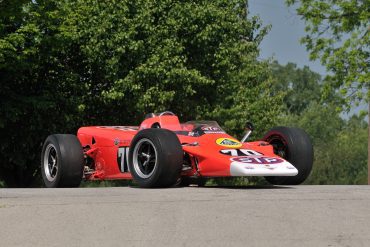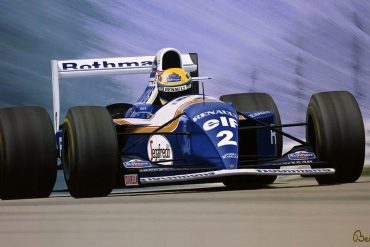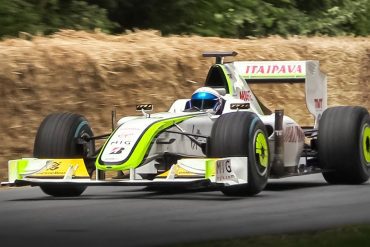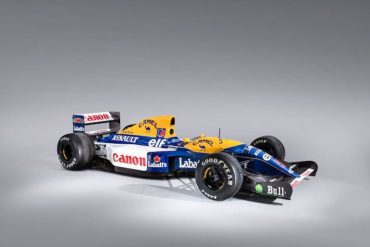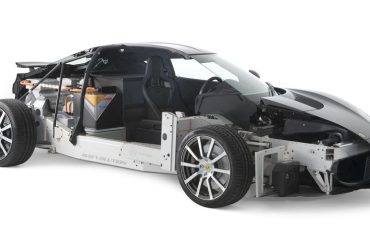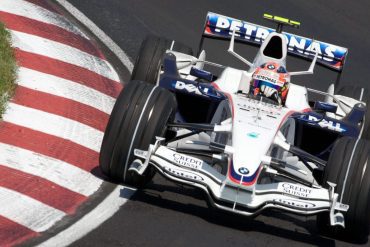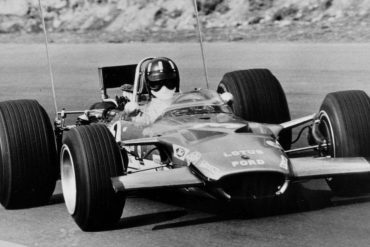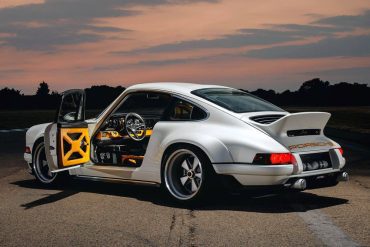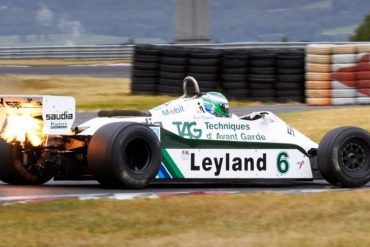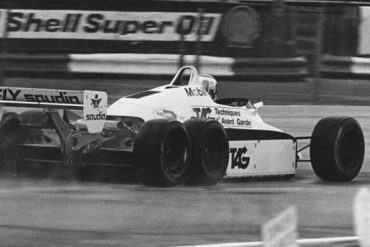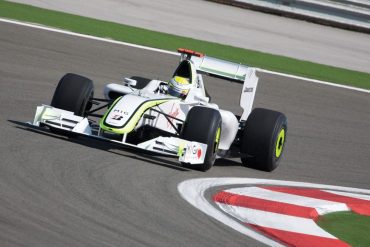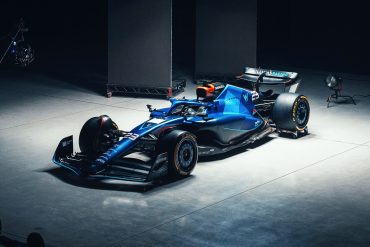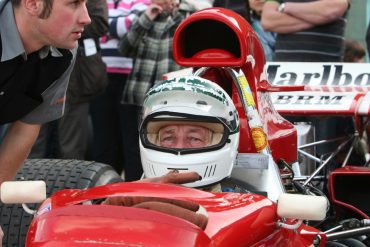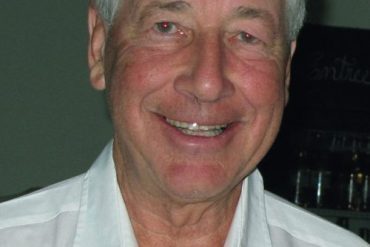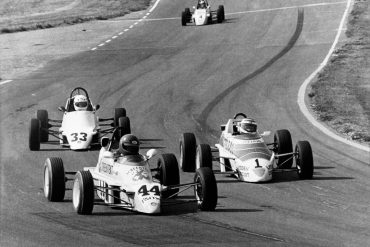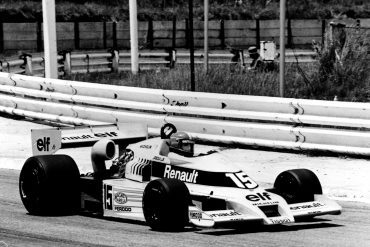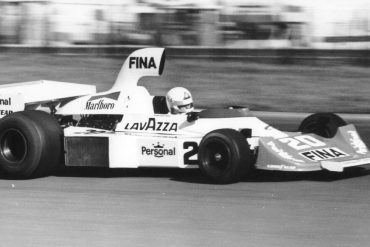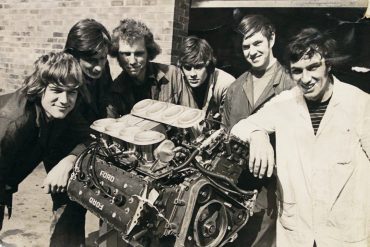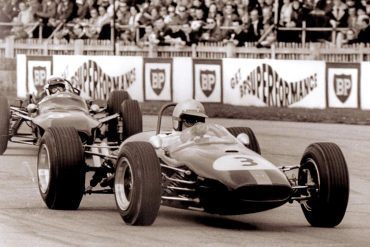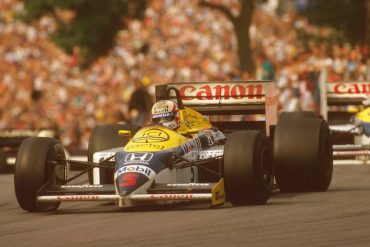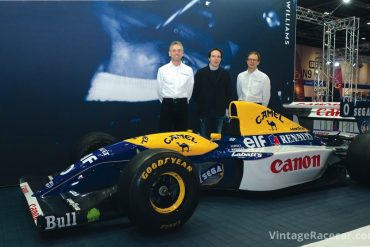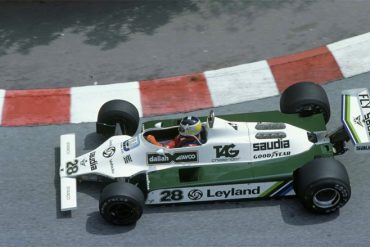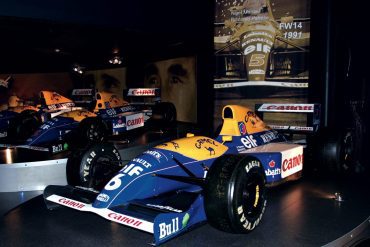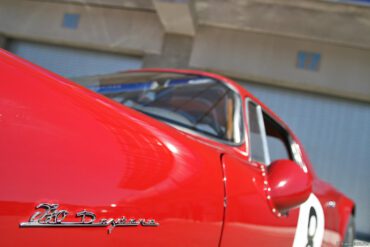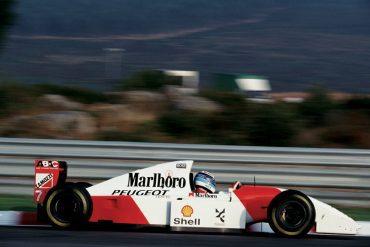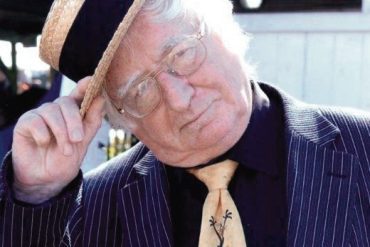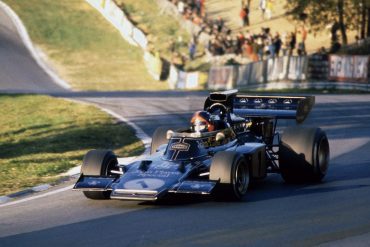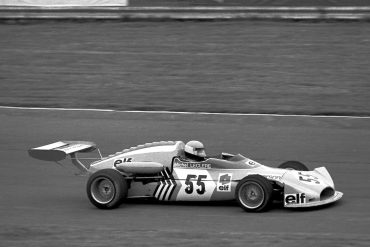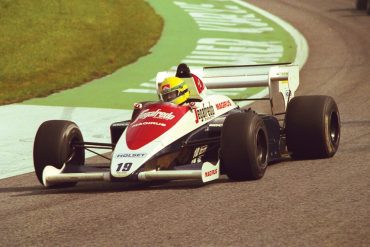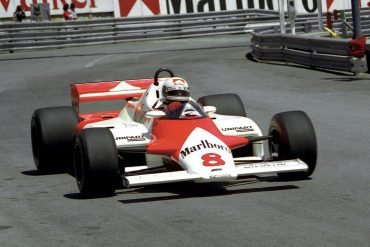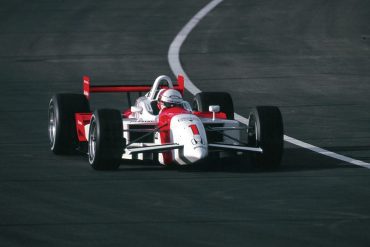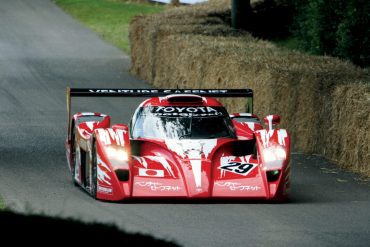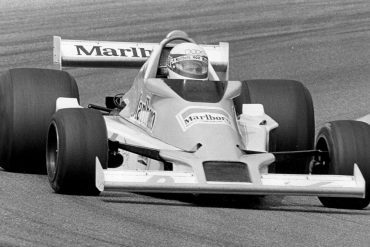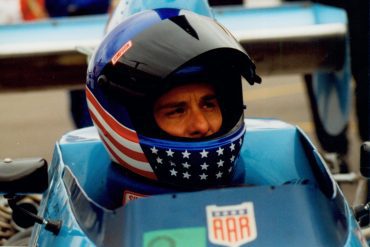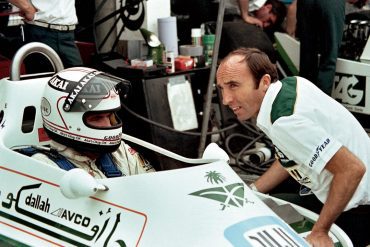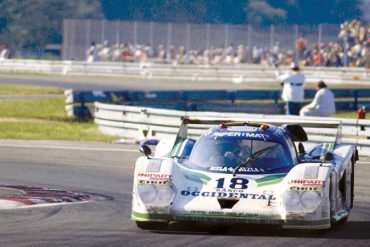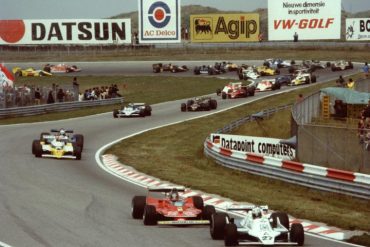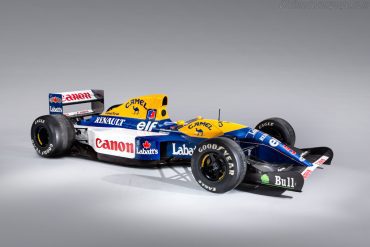
Williams Racing
Research, History, Reviews, Media & More
The Introduction / Model Guides / Videos / News & Updates / Featured Stories
Williams Racing: The Journey of a Formula One Legend
Williams Racing is one of the most storied teams in the history of Formula One, known for its resilience, engineering excellence, and competitive spirit. Founded by Sir Frank Williams, the team rose to prominence in the 1980s and 1990s, becoming a dominant force on the Formula One grid. This post explores the founding of Williams Racing, its rich history, the iconic cars it produced, and the milestones that have defined its legacy in the world of motorsport.
The Founding Vision: Sir Frank Williams and Patrick Head
Williams Racing was founded in 1977 by Frank Williams and Patrick Head. Frank Williams, a passionate and determined entrepreneur, had been involved in Formula One since the late 1960s, but it wasn’t until the formation of Williams Grand Prix Engineering that his vision began to take shape. With the technical expertise of Patrick Head, who would become the team’s chief engineer, Williams Racing was built on a foundation of engineering excellence and a relentless drive for success.
Frank Williams’ determination to create a competitive Formula One team was evident from the beginning. Despite facing numerous financial challenges and setbacks in the early years, Williams and Head were committed to building a team that could compete at the highest level of motorsport.
The Rise of Williams Racing: A Decade of Dominance
Williams Racing’s breakthrough came in the 1980s, when the team established itself as one of the most successful and innovative teams in Formula One. Here are some key moments in the history of Williams Racing:
First World Championship (1980):
Williams Racing’s first major success came in 1980 when Alan Jones, driving the Williams FW07, secured the team’s first Drivers’ Championship. The FW07, designed by Patrick Head, was a ground-breaking car that featured advanced aerodynamics and a powerful Ford-Cosworth DFV engine. This victory marked the beginning of Williams Racing’s dominance in Formula One.
The Turbo Era (1980s):
The 1980s saw Williams Racing embrace turbocharged engines, forming a successful partnership with Honda. The Williams-Honda combination proved to be a winning formula, with the team securing two consecutive Drivers’ Championships with Nelson Piquet in 1987 and Nigel Mansell in 1992. The Williams FW11, driven by Piquet and Mansell, was one of the most powerful and technologically advanced cars of its time.
The Active Suspension Revolution (1992-1993):
Williams Racing was at the forefront of technological innovation in the early 1990s, introducing active suspension technology with the Williams FW14B. This system allowed the car to automatically adjust its suspension based on track conditions, giving it a significant performance advantage. With this car, Nigel Mansell dominated the 1992 season, winning nine races and securing the Drivers’ Championship. The following year, Alain Prost drove the Williams FW15C to his fourth World Championship, further cementing Williams’ reputation for engineering excellence.
Ayrton Senna’s Legacy (1994):
The 1994 season was a tragic year for Williams Racing and Formula One as a whole. Ayrton Senna, widely regarded as one of the greatest drivers in the history of the sport, joined Williams Racing that year. However, during the San Marino Grand Prix at Imola, Senna was tragically killed in a crash. His death sent shockwaves through the world of motorsport and led to significant changes in safety regulations. Despite the tragedy, Williams Racing went on to win the Constructors’ Championship that year with Damon Hill and David Coulthard.
The Renault Partnership and Continued Success (1990s):
Williams Racing’s partnership with Renault in the 1990s was one of the most successful in Formula One history. The combination of Renault’s powerful engines and Williams’ innovative car designs led to a period of dominance for the team. Williams won the Constructors’ Championship five times between 1992 and 1997, with drivers like Alain Prost, Damon Hill, and Jacques Villeneuve securing Drivers’ Championships during this period.
The BMW Era (2000s):
In the early 2000s, Williams Racing formed a partnership with BMW, which provided the team with powerful engines and technical support. The Williams-BMW combination was competitive, with drivers like Ralf Schumacher and Juan Pablo Montoya securing race victories. However, the team was unable to replicate the dominance of the 1990s, and the partnership ended in 2005.
The Modern Era (2010s-Present):
The 2010s were a challenging period for Williams Racing as the team struggled to compete with the top teams in Formula One. Despite these challenges, Williams remained a respected and independent team, known for its commitment to developing young talent and its engineering heritage. In recent years, the team has undergone significant changes, including a change in ownership, as it looks to rebuild and return to competitiveness in the sport.
Special Milestones and Achievements
Williams Racing’s history is marked by several significant milestones and achievements that have left a lasting impact on Formula One:
Nine Constructors’ Championships: Williams Racing has won nine Constructors’ Championships, making it one of the most successful teams in the history of the sport. These championships were achieved through a combination of innovative car designs, powerful engines, and talented drivers.
Seven Drivers’ Championships: The team has also secured seven Drivers’ Championships with some of the greatest drivers in Formula One history, including Alan Jones, Keke Rosberg, Nelson Piquet, Nigel Mansell, Alain Prost, Damon Hill, and Jacques Villeneuve.
Engineering Innovations: Williams Racing has been at the forefront of several technological innovations in Formula One, including active suspension, advanced aerodynamics, and the use of composite materials. These innovations have had a lasting impact on the sport and have influenced car design across the grid.
Independent Spirit: Throughout its history, Williams Racing has remained an independent team, focused on building its own cars and competing at the highest level. This independent spirit has endeared the team to fans and has set it apart from the manufacturer-backed teams in the sport.
The Enduring Legacy of Williams Racing
Williams Racing’s legacy is one of innovation, determination, and excellence. The team’s achievements on the track and its contributions to the development of Formula One technology have left a lasting impact on the sport. Despite the challenges of recent years, Williams Racing remains a respected and beloved team, with a rich history that continues to inspire new generations of fans and engineers.
Conclusion
Williams Racing’s journey from a small, independent team to one of the most successful and influential teams in Formula One history is a story of passion, perseverance, and a relentless pursuit of excellence. Under the leadership of Sir Frank Williams and Patrick Head, the team achieved greatness, creating some of the most iconic cars and memorable moments in the history of motorsport. While the team may face new challenges in the modern era, its legacy as a pioneer of British engineering and racing success will never be forgotten.
Frank Williams Racing Cars
Full name: Frank Williams Racing
Founder: Frank Williams
Noted drivers: Piers Courage, Jacques Laffite, Carlos Pace, Jacky Ickx, Ronnie Peterson
Next name: Walter Wolf Racing
Racing Stats
First entry: 1969 Spanish GP
Races entered: 105 (96 starts)
Constructors' Champ: 0
Drivers' Champ: 0
Race victories: 0
Pole positions: 0
Fastest laps: 1
Final entry: 1976 Japanese GP
Williams Racing
Full name: Williams Racing
Base: Oxfordshire, UK
Team principal: James Vowles
Chief Technical Officer: Pat Fry
Founder(s): Frank Williams, Patrick Head
Racing Stats
First entry: 1977 Spanish GP (As a team), 1978 Argentine GP (As a constructor)
Races entered: 828 entries (824 starts) (As a team), 817 entries (816 starts) (As a constructor)
Engines: Ford, Honda, Judd, Renault, Mecachrome, Supertec, BMW, Cosworth, Toyota, Mercedes
Constructors' Champ: 9 (1980, 1981, 1986, 1987, 1992, 1993, 1994, 1996, 1997)
Drivers' Champ: 7 (1980, 1982, 1987, 1992, 1993, 1996, 1997)
Race victories: 114
Podiums: 313
Pole positions: 128
Fastest laps: 133


